3D Scanner Buying Guide
A CLOSER LOOK AT 3D SCANNERS
A few days ago we looked at an entry-level 3D printer that’s ideal for anyone who wants to get started with printing their own projects. With Christmas coming up we think a lot of people will take the chance to get their first printer and see what all the fuss is about. What if you already have a printer, though? Is there anything you can treat yourself to that will help you take things to the next level?
One great upgrade idea is a 3D scanner. Not long ago these were huge, expensive things with scary lasers, and only businesses could afford them. If you really don’t know what to do with a spare £30,000 you can still find a scanner that will eat the lot, but there are some much more affordable ones on the market, too.
3D printers are now a pretty mature technology; they’re consumer products that you can expect to work pretty much out of the box. Scanners still have more of a frontier feel about them. You certainly can get one that will work out of the box, but there’s more scope for tinkerers too. The cheapest way to get one is to buy a kit – which might involve printing some of the parts for it yourself. Ready to use scanners will cost more.
What To Look For
You’ll also find different styles of 3D scanner. Some are handheld, while others have a battery of fixed lights or lasers, plus a rotating turntable to place the object on. With 2D scanners, handheld models were the cheap option; it’s different in 3D. Some of them are cheap, but they can also be extremely expensive. That’s because hand-held scanners are the only option if you want to scan large objects – your face, for example – and that requires very precise positioning data. This doesn’t come cheap. You can get a handheld for less than £150, and it will work fine for creating a 3D model of yourself that can be loaded into a computer game or printed out as an action figure, but you wouldn’t want to rely on it for anything expensive.
Turntable scanners, on the other hand, are great for making accurate scans of small objects, and there are some very affordable ones. Kits are available on eBay for around £125, and assembled scanners start at about £500. You can even get a combined scanner and printer for about £800. Turntable scanners are generally more accurate than a handheld at the same price; the downside is you can only use them to scan much smaller objects – generally around a 200x200x200mm volume.
There are a couple of important technical specs to look for in a 3D scanner:
- Accuracy. Quoted accuracy varies wildly, from around 0.003mm for a professional turntable model to 0.9mm for some budget handhelds. What you need depends on what you’re doing, of course; for digital renderings or a 3D-printed model of yourself, you don’t need high accuracy. If you’re replicating a component that has to work in any kind of mechanism, however, the more accurate the better.
- Scan speed. 3D scanning quickly stops being fun if the process is painfully slow – especially with a handheld model. Handhelds with very low scanning speeds can also be temperamental, giving you a lot of failed scans if you outpace the sensors.
- Imaging capability. If you want to print things you probably don’t need to generate coloured scans – and that can save you a lot of money. Scanners that can produce coloured images have a hefty price premium.
Over the next few years 3D scanners are going to go through the same process as printers already have. They’ll get cheaper, more reliable, higher performance and easier to use. It’s going to be interesting watching how they boost the wonderful world of 3D printing, and we’ll keep you up to date on all the latest news.

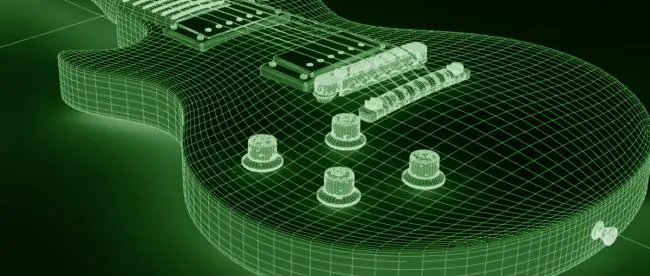
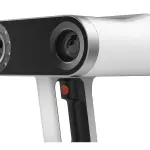

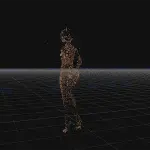
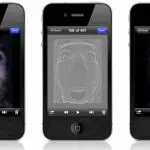
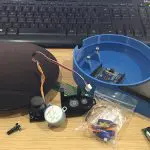

Leave a comment
You must be logged in to post a comment.